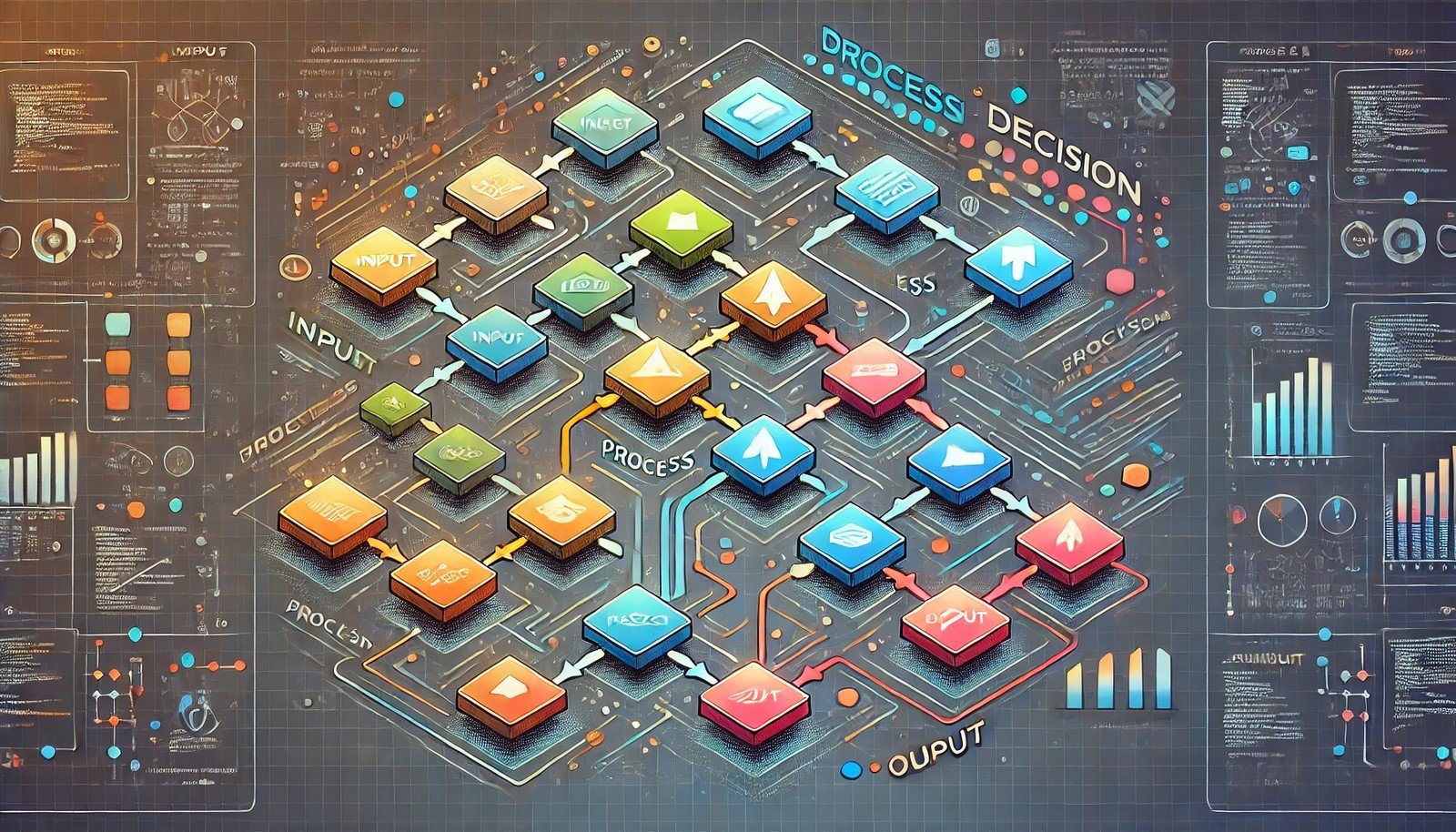AI Algorithms

Quick Navigation:
- AI Algorithms Definition
- AI Algorithms Explained Easy
- AI Algorithms Origin
- AI Algorithms Etymology
- AI Algorithms Usage Trends
- AI Algorithms Usage
- AI Algorithms Examples in Context
- AI Algorithms FAQ
AI Algorithms Definition
AI algorithms are structured sequences of instructions used to enable computers and machines to perform tasks that typically require human intelligence. These algorithms are essential in various AI domains such as machine learning, natural language processing, and computer vision. They process data to identify patterns, make decisions, and learn from new inputs, allowing systems to function autonomously. Key types include supervised, unsupervised, and reinforcement learning algorithms, each tailored for specific applications like predictive analysis, classification, or game playing.
AI Algorithms Explained Easy
Think of AI algorithms like a set of rules or instructions that a computer follows to learn how to do something by itself. Imagine teaching a robot to play a game. First, you give it examples of how the game is played. The AI algorithm helps the robot watch and learn from these examples until it figures out the best way to play and win. The more it plays, the better it gets, just like you would when practicing a game.
AI Algorithms Origin
The concept of AI algorithms dates back to the mid-20th century when computer scientists began exploring how machines could mimic human problem-solving. The development of early AI systems in the 1950s and 1960s, such as simple game-playing programs and basic learning machines, set the stage for more complex algorithmic structures. With the advent of increased computational power and data availability in the 2000s, AI algorithms evolved rapidly, finding their place in real-world applications.
AI Algorithms Etymology
The term ‘algorithm’ traces back to the 9th-century mathematician Al-Khwarizmi, whose name translates to ‘algorithm’ in English. It has since evolved to refer to any step-by-step problem-solving method.
AI Algorithms Usage Trends
The use of AI algorithms has skyrocketed over the past two decades, with major industries like healthcare, finance, and automotive incorporating them into core business processes. Algorithms such as neural networks and decision trees have become integral to AI-driven advancements like personalized recommendations and autonomous vehicles. The continuous refinement and introduction of new AI frameworks have kept usage trends on a steady rise, aligning with the increasing demand for intelligent automation and data-driven insights.
AI Algorithms Usage
- Formal/Technical Tagging: computational models, pattern recognition, machine learning, data processing
- Typical Collocations: AI algorithm design, training AI algorithms, optimizing algorithms, AI algorithm performance
AI Algorithms Examples in Context
- "The recommendation system on your favorite streaming platform uses sophisticated AI algorithms to suggest content based on your viewing habits."
- "AI algorithms in medical imaging have revolutionized the way doctors diagnose conditions, enabling faster and more accurate assessments."
- "Autonomous cars rely on a combination of AI algorithms to detect obstacles, make driving decisions, and navigate roads safely."
AI Algorithms FAQ
- What are AI algorithms used for?
They are used to make computers learn from data and perform intelligent tasks like recognizing images, processing language, and making decisions. - How do AI algorithms learn?
They learn by processing large amounts of data, identifying patterns, and adjusting their behavior to improve accuracy over time. - What are the main types of AI algorithms?
The main types include supervised learning, unsupervised learning, and reinforcement learning. - Why are AI algorithms important?
They enable machines to perform complex tasks independently, increasing efficiency and reducing human effort. - Are all AI algorithms the same?
No, they vary based on the specific task, such as decision-making, classification, or predictive analysis. - What is an example of an AI algorithm?
A neural network is a popular example used for deep learning applications. - How are AI algorithms trained?
They are trained using large datasets that help the algorithm recognize patterns and make informed decisions. - Do AI algorithms make mistakes?
Yes, especially if trained on biased or incomplete data, leading to incorrect outputs. - Can AI algorithms improve over time?
Yes, many algorithms are designed to learn continuously and adapt to new data inputs. - What challenges do AI algorithms face?
They face issues like data quality, bias, and the need for significant computational resources. - AI Algorithms Related Words
Categories/Topics: machine learning, deep learning, data science, robotics
Word Families: algorithmic, algorithmically, algorithmist
Did you know?
The term ‘AI algorithm’ gained significant attention when IBM’s Deep Blue famously defeated world chess champion Garry Kasparov in 1997. This milestone demonstrated the power of algorithms to mimic strategic thinking, pushing the boundaries of AI research and development.
PicDictionary.com is an online dictionary in pictures. If you have questions or suggestions, please reach out to us on WhatsApp or Twitter.Authors | Arjun Vishnu | @ArjunAndVishnu

I am Vishnu. I like AI, Linux, Single Board Computers, and Cloud Computing. I create the web & video content, and I also write for popular websites.
My younger brother, Arjun handles image & video editing. Together, we run a YouTube Channel that's focused on reviewing gadgets and explaining technology.



Comments powered by CComment